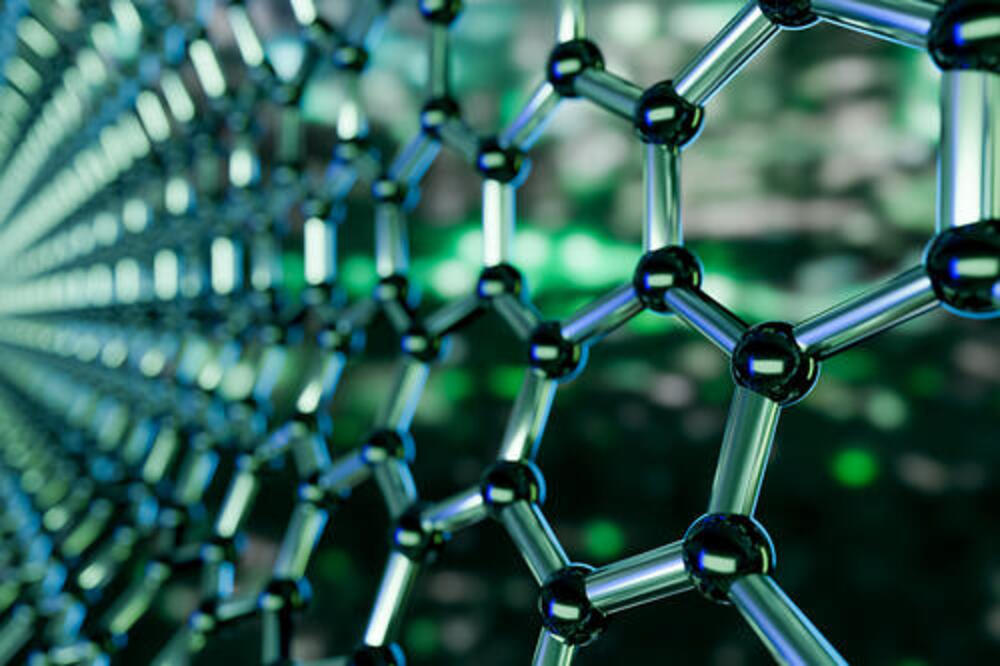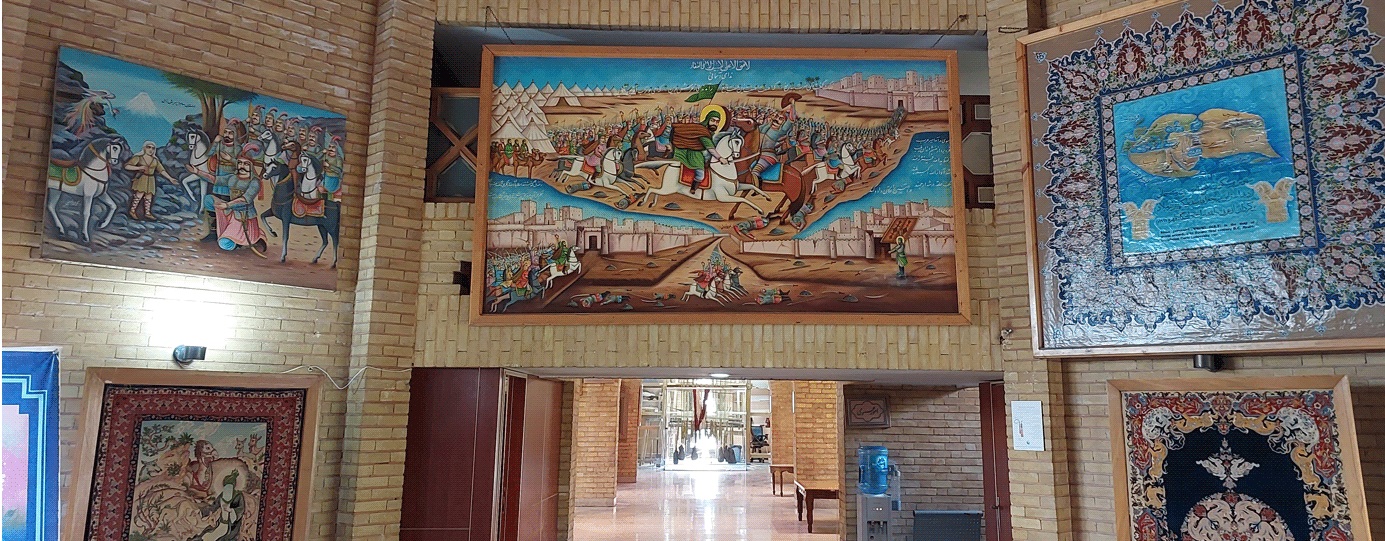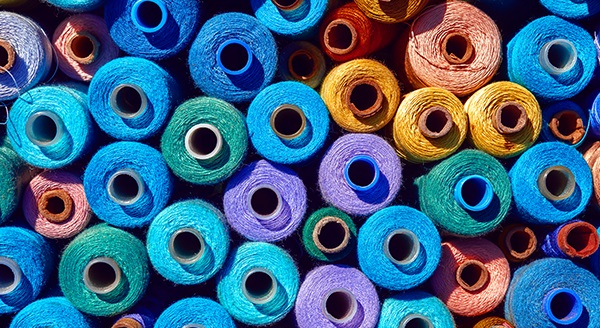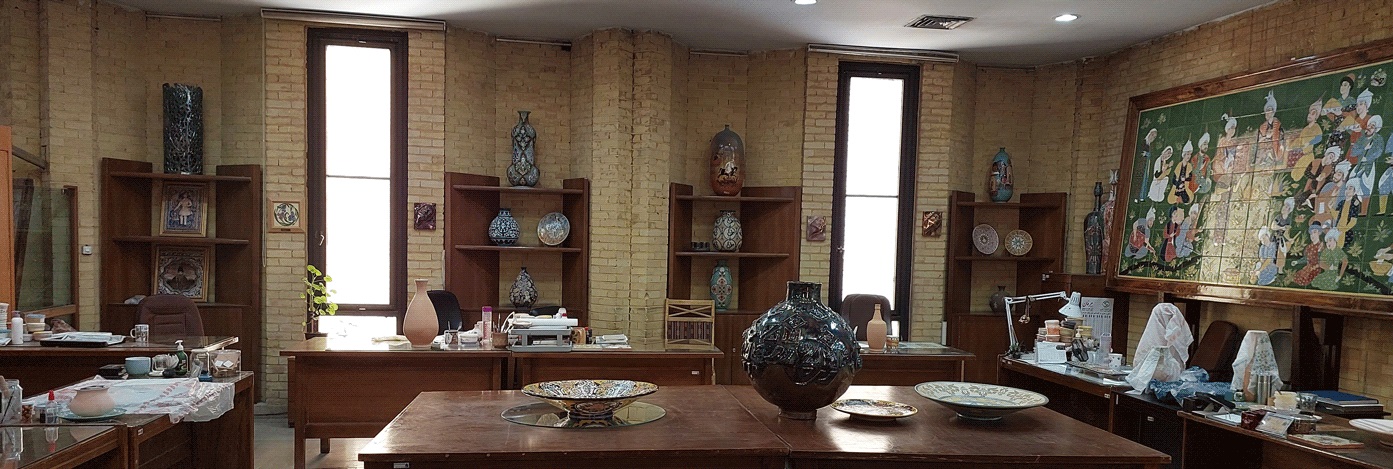Springer |
|---|
Multifunctional peptide nanofiber coatings enhance bone regeneration on xenograft materials |

Conventional bone grafts such as xenografts, allografts, and synthetic substitutes are widely used in regenerative dentistry, but their biological... |
||
|
2025-08-27 Read more about this article in source |
||
-
Springer more ...
Aligned nanofiber-based responsive sponge scaffolds for peripheral nerve regeneration
.jpg?v=9bzBV8YlI3TXZO5n7kD2lVDFWhamcLLmY_-rSzESqh4)
Nerve conduits have demonstrated tremendous value in advancing nerve regeneration. The current research focuses on improving their neuro regenerative... 09/29/2025
-
Springer more ...
Multifunctional peptide nanofiber coatings enhance bone regeneration on xenograft materials
Conventional bone grafts such as xenografts, allografts, and synthetic substitutes are widely used in regenerative dentistry, but their biological... 08/27/2025
-
Springer more ...
Preparation of Multi-scale PI Nanofiber Membranes for High Temperature Air Filtration
To address the insufficient efficiency of traditional filter materials in treating high-temperature waste gas from thermal power plants, a... 07/14/2025
-
Springer more ...
Recent Progress of Electrospun Nanofiber-Based Composite Materials for Monitoring Physical, Physiological, and Body Fluid Signals
Flexible electronic skin (E-skin) sensors offer innovative solutions for detecting human body signals, enabling human–machine interactions and... 06/18/2025
-
Springer more ...
Nanofiber-Based Biomimetic Platforms for Chronic Wound Healing: Recent Innovations and Future Directions
Background:Wound healing remains a significant challenge in healthcare, particularly for complex and chronic wounds where conventional treatments... 06/13/2025
-
ResearchGate more ...
A comparative fractographic analysis for the effect of polymeric nanofiber reinforcements on the tensile behavior of multi-layered epoxy nanocomposites
This study presents a comparative investigation into the effects of four different nanofibers—PA66, PStX, PAN, and PVB—on the mechanical performance and failure mechanisms of epoxy adhesive films. These nanofiber‐reinforced adhesive layers were manufactured via a dry‐reinforcement resin film infusion method and tested under uniaxial tensile loading. Mechanical results showed that PA66 and PStX nanofibers improved tensile strength by up to 25%, primarily by mitigating crack initiation at free edges and promoting effective fiber–matrix bonding. In contrast, PAN nanofibers induced micro‐cracks at the fiber–resin interface, amplifying crack coalescence and reducing strength by 25%. 03/01/2025




